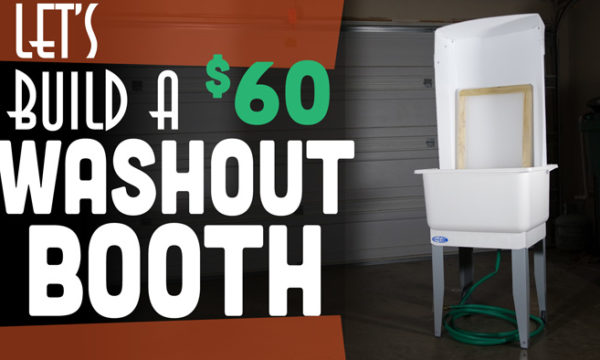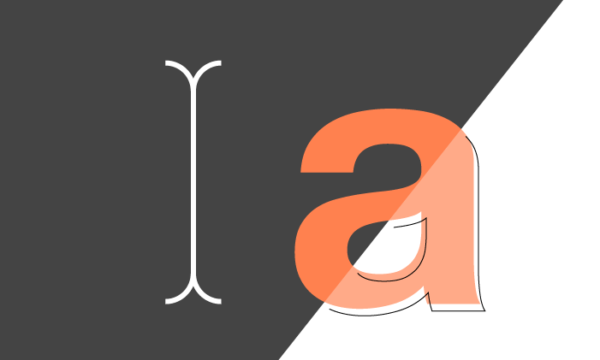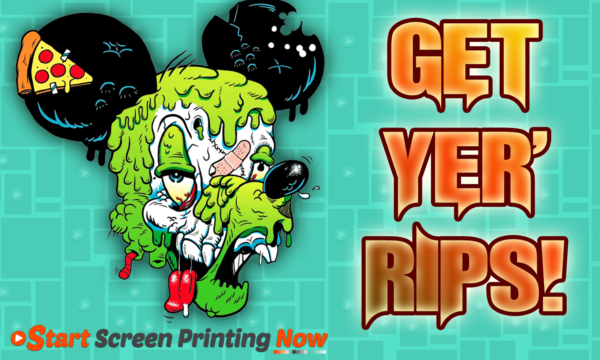Resources
On this page you will find all of the tools and services I use to either run my print shop, run my sites, or create my art. I wanted to put it all in one place so that you could try them out too and hopefully they make your life easier.
I will update this page as I find more helpful tools.
For full transparency, I want to let you–the reader know that some (not all) of the links on this page are affiliate links. This simply means that at no extra cost to you, I will earn a commission from that company should you decide to purchase from that link. You are under no obligation to purchase any products or services you see on this site, but if they interest you, please know that these affiliate commissions help support this blog and will help it to grow and reach others.
Screen Printing Equipment
DIY Print Shop – This is my first ever at-home printing press. Check out my setup here. This kit from Ryonet comes with almost everything you need to get started printing at home. You’ll be able to print shirts and posters right out of the box. My first press is just a 1 color press so it is more of an entry-level kit. There is also a 4 color version of the kit that is definitely a lot more capable of printing most typical print jobs. That makes it perfect for someone wanting to screen print as a hobby or run a small business in their garage and then move up to a larger setup.
Speedball Hinge Clamps – I love these hinge clamps. Honestly one of the cheapest ways to start screen printing is simply to screw these hinge clamps into a flat surface and clamp a screen into them. These are the go to hinge clamps for most DIY screen printers because they are heavy duty and just get the job done.
Daler-Rowney System 3 Acrylic Medium – I’ve really gotten into using acrylic ink/paint to screen print with. Acrylic is really versatile and I actually really love painting with it. I’m not the best painter but its very forgiving and isnt very high maintenance. The problem with using it to screen print is that it dries very quickly and can dry inside your screens before you have a chance to get very far. A tub of the Daler-Rowney System 3 Acrylic Medium allows you to mix it with your acrylic colors and print without having to worry about them dring in your screen.
Design Software and Tools
The Art of T-Shirt Color Separation – My friend Mitch Different is an absolutely amazing artist and he wrote this fantastic book to teach people how to color separate artwork in Photoshop by hand. Manual color separations are one of the toughest things for print shops to get right and Mitch goes step by step and even includes example file for you to practice on. My art department used to struggle with color separations and it used to cause major problems and waste a ton of time. We bought Mitch’s book and attended his color separations class in person and it was the one of the best investments our print shop ever made. Seriously if I can recommend only one thing on this list, get Mitch’s book on the art of t-shirt color separations. If you are struggling with color separations or just want to get better, get this book.
Adobe Creative Cloud for Photoshop, Illustrator and InDesign – This is pretty obvious. If you need to create graphics for screen printing, more than likely you’ll use either Photoshop or Illustrator or likely both at the same time. Photoshop is powerful for creating complex color separations that look beautiful printed on garments. Illustrator is awesome for creating vector art that scales up and down easily and is my tool of choice for creating screen printable artwork super quick.
Manga Studio – I love love love Manga Studio. If you love to illustrate, paint, and ink digitally then Manga Studio is for you. I just said that Adobe Illustrator is my favorite tool for getting quick vector art but I use Manga Studio almost exclusively now to create artwork for my freelance clients and indie brands. The power is in the ultra customizable and realistic feeling art tools within the program. The brush system in Manga Studio just works beautifully and I would choose it over Photoshop any day for that purpose. In addition you can also set up your awesome art in Manga Studio and export it to Photoshop for ready to screen print graphics. It has replaced Photoshop for me almost entirely and you should at least give the demo a try.
CorelDraw Graphics Suite – I havent always been of CorelDraw. Back when I first started making screen printing graphics I actually hated it. A lot. I think this was back when it was CorelDraw 10 but I cant remember now. I’m slowly teaching myself how to use CorelDraw and I’m starting to understand why its so important to the apparel industry. CorelDraw gives you so much power as an apparel artist and it really feels like thats who they were targeting when developing it. There are also a ton of awesome plug-ins that hook into CorelDraw that help with RIP output out color separation.
Separation Studio – Separation Studio is a little pricey up front but it will quickly pay for itself by saving your art department a ton of time. Separation Studio can take your complicated or photorealistic art with lots of halftones and gradients and separate the colors for you automatically. It also shows you on your computer screen a more accurate representation of what your final artwork will look like printed on a shirt. You no longer need to spend hours in Photoshop channels separating the colors manually. Separation Studio does it for you faster than you ever could.
Wacom Intuos Pro – My current drawing tablet of choice. Ever since I switched to a drawing tablet over a mouse, I feel like I work a lot quicker. It took me forever to create art by “clicking clicking clicking” of all over the canvas with a mouse and I needed a solution to speed up my work flow. Now I just glide along and quickly sketch ideas, ink, paint, and really do all my computer interactions through my Wacom Tablet. There are programmable hot keys along the side and a programmable scroll wheel so I rarely have to reach for the keyboard when creating art. I definitely recommend picking up a drawing tablet to speed up your art creation.
Pentel Pocket Brush Pen – These pens are awesome and I always have some in my bag or desk. As an artist I want to be able to draw in real life and not just digitally on the computer and these pens are my favorites to use. The pen body is full of quality permanent ink and the tip of the pen is almost like a nice artists brush. So you can get nice thick or thin strokes and you dont have to carry around a brush and an ink well with you wherever you go. I like to use the Pentel Pocket Brush to ink a sketch and then scan it in for coloring and touch-ups. Nothing beats the look of inking in the real world.
Creative Market – Whenever I’m doing a freelance design project, I inevitably need to purchase a new font either because the client is requesting a very specific type face or I want to make something they’ve never seen before. I’ve been going to Creative Market for a while now to pick these up and now I am constantly checking their marketplace for new awesome design resources. I’ve downloaded a ton of mock ups and textures from them and they always come in handy. Every week I showcase their best free design resources that I think would be helpful to graphic designers at print shops.
Web hosting and business tools
Bluehost – I use Bluehost to host my print shop web site, my freelance illustration portfolio, and the SSPN blog. They have really awesome customer service and have helped me with some of my dumbest questions. I highly recommend them for all of your web hosting and domain needs. If your print shop needs a web site, check out Bluehost.
PancakeApp – Pancake made it to my top 3 best accounting platforms for screen printers and for good reason. It is extremely powerful invoicing software and I have been using it to bill my freelance clients for years. I now use it to run billing for my at-home-print-shop and I love that it helps me look professional to my customers and get paid quickly and easily. The best part is that I only have to pay Pancake’s one time fee and it is mine forever. No monthly subscription just to get paid.
Gravity Forms – I use Gravity Forms on my print shop website to create advanced forms for customers to get really accurate print quotes and estimates. I can have special “if-this-then-that” form fields that only show based on the info the customer has given me. So if a customer is looking for a quote for shirts, it won’t show the field for poster paper size.
Mojo-Themes – When I build a site I dont want to spend too much time making it look nice. I’d rather get to making the content or get to printing. Coding and designing a website from scratch can take forever. I use to waste a lot of time nit-picking ever little design detail of my sites instead of just putting them online and leaving well-enough alone. Now when I start a new site, I just buy a theme for it, do some quick customizations and then I’m done. I dont spend all night trying to figure out how to get some random piece of code to work right anymore.



